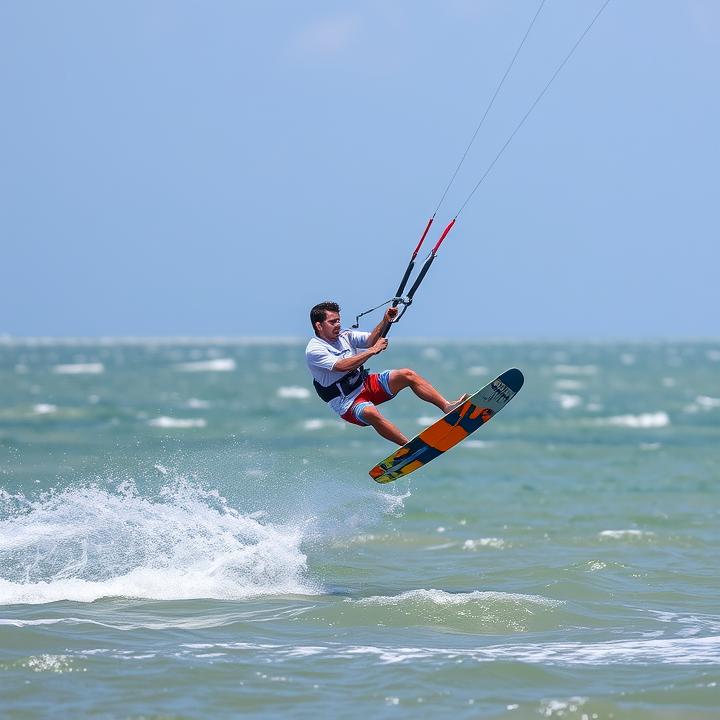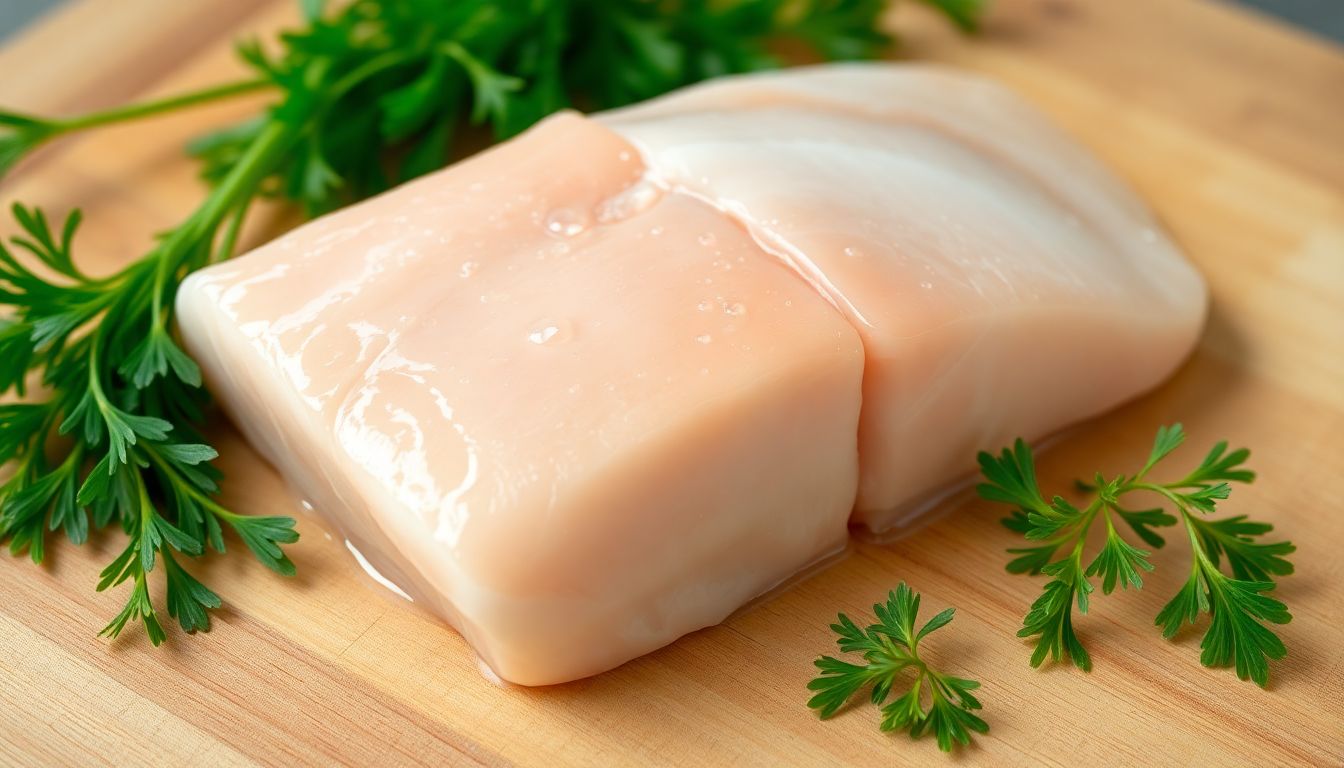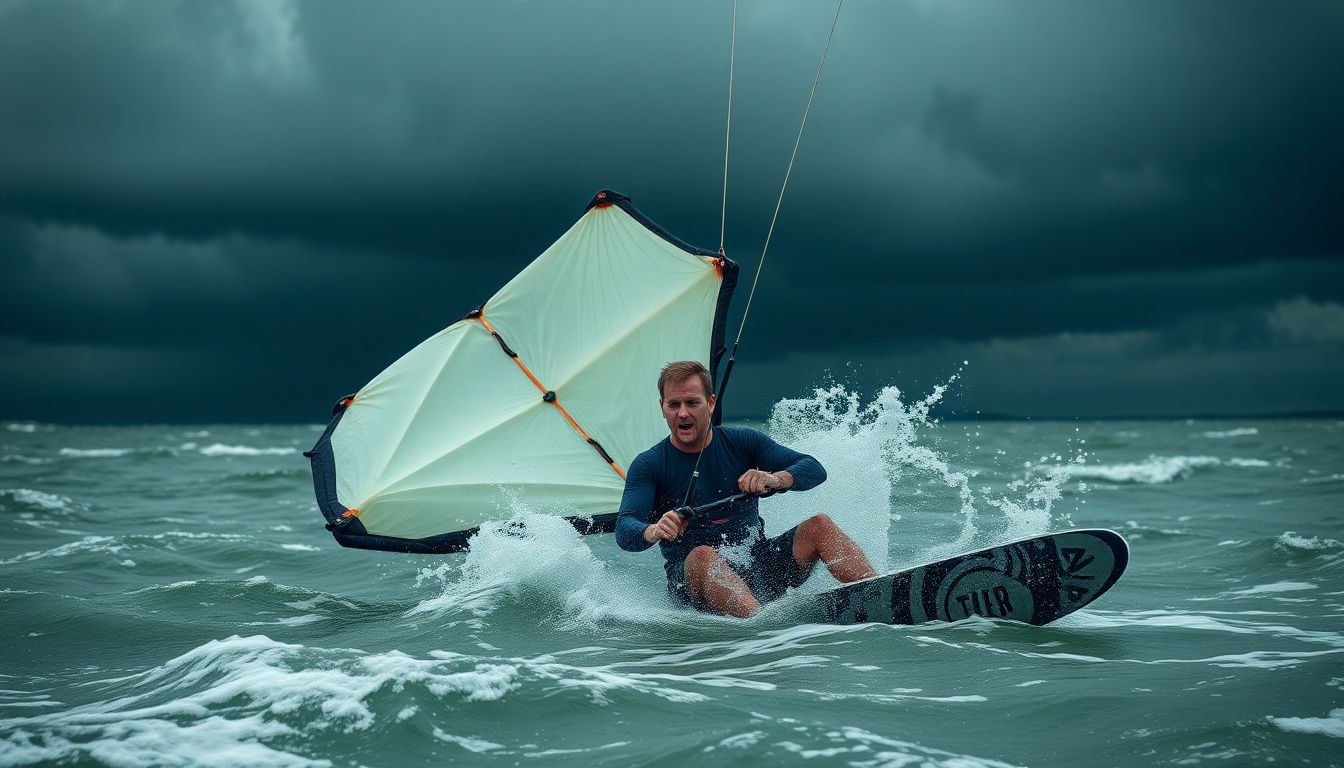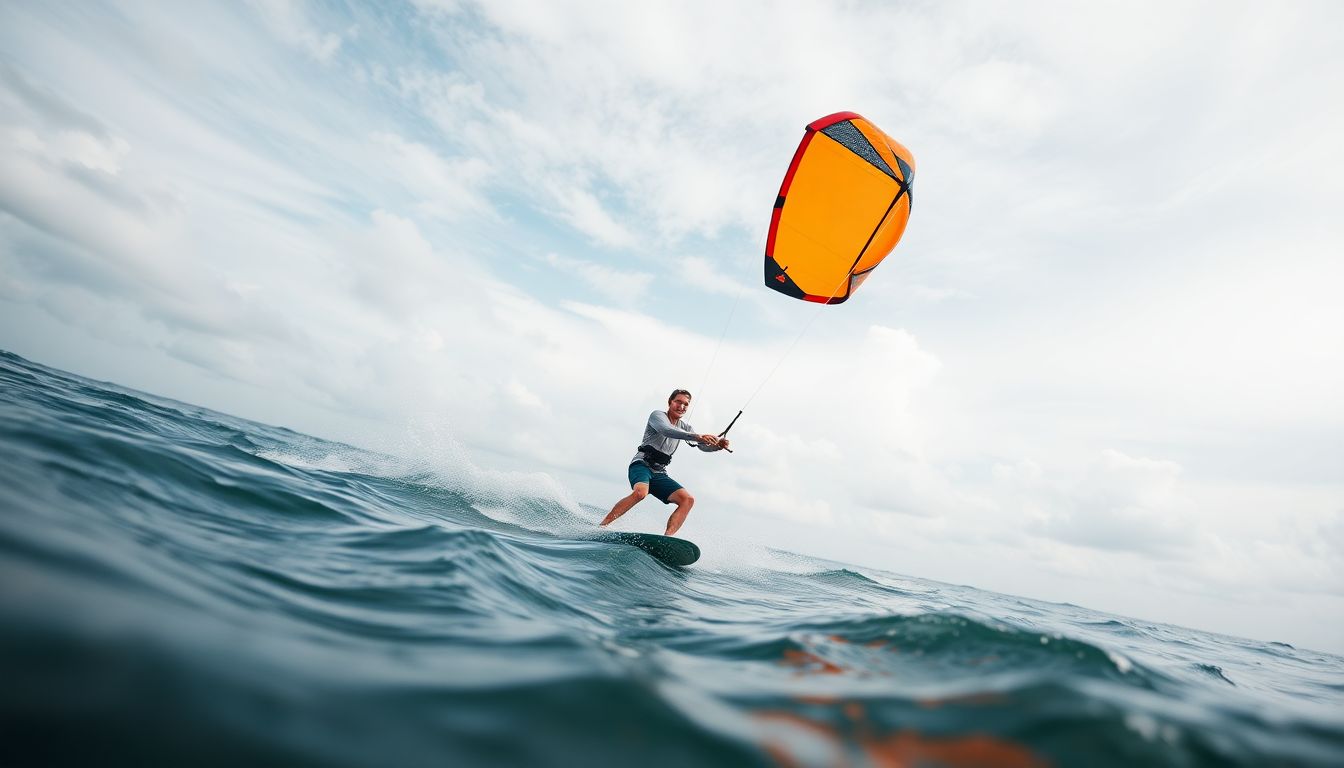Kitesurfing opens up a world of excitement and adventure, but the right board can make all the difference. With various options available, it’s essential to understand which type of board suits your riding style and skill level. This guide helps you navigate the different kitesurfing boards available, ensuring you find your perfect match out on the water.
[Also see our article: A Beginner’s Guide to Choosing the Right Kitesurfing Gear].
Unlocking the World of Kitesurfing Boards
The thrill of kitesurfing stems from the fun of gliding across water while harnessing the power of the wind. However, choosing the right board can significantly influence your experience. Each board type offers unique features tailored to specific riding styles, conditions, and preferences.
The Thrill of the Ride: Why Board Choice Matters
Your kitesurfing board influences:
- Performance: How well you can maneuver and jump.
- Comfort: Stability impacts your ride and overall enjoyment.
- Progression: The right board helps you improve faster.
Navigating the Options: A Quick Overview of Board Types
Kitesurfing boards generally fall into three categories:
- Twin Tip Boards: The most popular choice, great for all-around riding.
- Directional Boards: Built for wave riding and downwind conditions.
- Hydrofoils: Designed for lifting above the water.
Setting Your Goals: What Kind of Kiter Are You?
Before selecting a board, think about your goals. Are you focused on learning, tricks, or exploring waves? Your ambitions will guide your choice.
Twin Tip Boards: The All-Around Choice
Twin tip boards are versatile and beginner-friendly, making them a great option for many riders.
Twin Tip Versatility: Freestyle, Freeride, and Beyond
These boards excel in various conditions and riding styles:
- Freestyle: Ideal for jumps and tricks.
- Freeride: Perfect for cruising and exploring new spots.
Choosing the Right Size: Weight, Skill Level, and Conditions
Size matters. Generally, larger boards offer stability and are better for beginners, while smaller boards provide agility for experienced riders.
Factors to consider:
- Rider weight
- Skill level
- Wind conditions
Top Twin Tip Board Recommendations
- North Flex: Great for freestyle enthusiasts.
- Slingshot Crisis: Ideal for freeriding.
- Cabrinha Spectrum: Versatile and easy to ride.
Directional Boards: Mastering the Waves
Directional boards are specifically designed for wave riding.
Directional Board Design: Performance in the Surf
These boards have a pointed nose and a wider tail, allowing for better control in the surf. They excel in various wave conditions and offer a unique riding experience.
Wave Riding Styles and Board Selection
Choose a board based on your wave style:
- Short, lively boards: Best for quick turns.
- Longer boards: Ideal for carving and smooth rides.
Key Features to Consider: Rocker, Concave, and Fins
When picking a directional board, look for:
- Rocker: A curve that influences speed and maneuverability.
- Concave shape: Affects grip and how well the board tracks in the water.
- Fins: Different fin setups provide various levels of control.
Hydrofoils: The Next Level of Kitesurfing
Hydrofoils take kitesurfing to new heights—literally.
Hydrofoil Basics: Understanding Lift and Efficiency
These boards have a hydrofoil that lifts out of the water, reducing drag. This allows for smooth rides at lower speeds, making them increasingly popular.
Hydrofoil Types and Riding Styles
Different types of hydrofoils cater to various styles, including:
- Freeride Foils: Great for stable, easy riding.
- Race Foils: Built for speed and performance.
Tips for Transitioning to a Hydrofoil
- Start with a larger board for balance.
- Practice in lighter winds before tackling stronger conditions.

Inflatable vs. Solid Boards: Weighing the Pros and Cons
Inflatable and solid boards each have distinct advantages.
Inflatable Board Advantages: Portability and Durability
- Lightweight and easy to transport
- Usually more durable and resistant to damage
Solid Board Advantages: Performance and Responsiveness
- Offers better control and feedback
- More suitable for advanced techniques
Cost Comparison: Inflatable vs. Solid
Inflatable boards tend to be more affordable, while solid boards often come with a higher price tag due to their performance benefits.
Choosing the Right Kitesurfing Board for Your Skill Level
Selecting a board that matches your skill level is key to your success.
Beginner Boards: Stability and Ease of Use
- Look for larger twin tips with a flatter rocker.
- Inflatable options can provide additional stability.
Intermediate Boards: Increased Performance and Maneuverability
Transition to slightly smaller boards with enhanced features to support progression.
Advanced Boards: Specialized Designs for Specific Disciplines
Advanced boards offer tailored performance for specific styles, allowing you to push your limits.
Conclusion: Your Kitesurfing Journey Starts Here
Finding the right kitesurfing board can transform your experience on the water.
Key Takeaways: Matching Your Style to Your Board
- Identify your riding style and goals.
- Understand the differences between board types.
- Consider your skill level when choosing a board.
Your perfect ride awaits—get out there and enjoy kitesurfing! For more see here.








